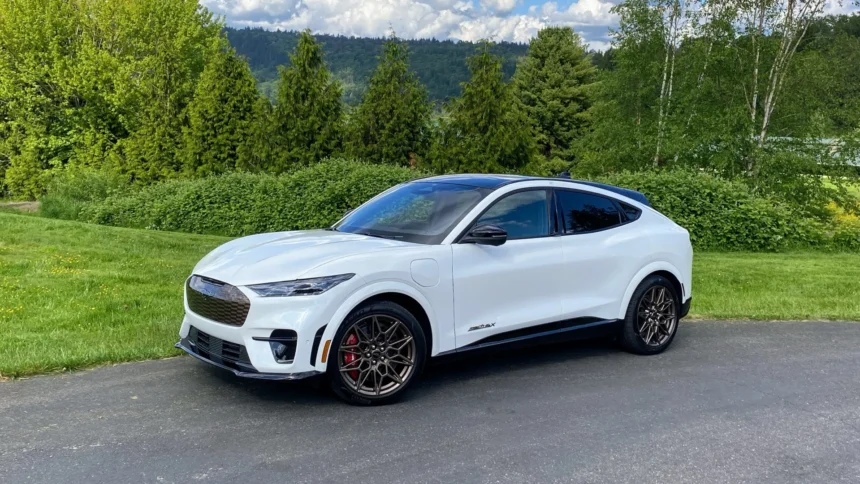Ford’s BlueCruise system has come under intense scrutiny from the National Highway Traffic Safety Administration (NHTSA) following two separate crashes involving the Ford Mustang Mach-E. These crashes resulted in two fatalities, prompting the NHTSA to open an investigation in April 2024.
Both collisions occurred at nighttime on interstates, with the Mustang Mach-E colliding with stationary vehicles. In one instance, a Honda CR-V was stopped without hazards or lights on in a lane, resulting in a fatal crash. In another incident, the Mach-E hit two stopped vehicles, also in a lane, leading to the deaths of the drivers of those vehicles.
The investigation revealed limitations with the Level 2 ADAS system at nighttime and speeds above 70 mph. Specifically, Ford’s adaptive cruise control, which detects traffic ahead and maintains a gap between vehicles, was found to inhibit responses to stationary objects and false detections when traveling above 62 mph.
The NHTSA is now expanding its investigation to include other Ford and Lincoln models with active lane control. These vehicles, equipped with Lane Centering Assist and adaptive cruise control, could be scrutinized for similar limitations and safety concerns.
Ford’s BlueCruise system, like Tesla’s Full Self-Driving system, has faced regulatory challenges in the past. While Ford’s system uses a driver-monitor camera to ensure driver attention, the NHTSA is requiring a deeper engineering analysis to assess system limitations and driver response times.
The probe could potentially encompass more than 2.5 million Ford and Lincoln vehicles from the 2019 model year to the present. This investigation follows a $165 million fine imposed on Ford by the NHTSA for failing to comply with a rearview camera recall, making it the second largest penalty in NHTSA history.
It is important to note that there are no self-driving cars available for sale today. As the investigation into Ford’s BlueCruise system continues, it highlights the ongoing challenges and complexities of developing safe and reliable autonomous driving technologies in the automotive industry.





